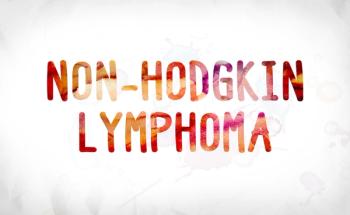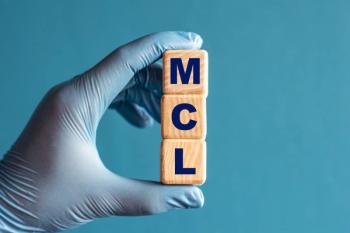
Study Identifies Inverse Relationship Between BMD T-Score and Fracture Risk When Treated With Denosumab
Incidence of nonvertebral fractures significantly decreased as T-scores improved during treatment with denosumab for osteoporosis.
While many chronic conditions have guidance avaiable with clinical targets to hit in order minimize risks associated with the disease, this kind of marker is not currently available for osteoporosis. Offering a viable candidate for this use, researchers have found that a specific T-score threshold can determine the risk of nonvertebral fracture among women treated with denosumab.
During the 3-year phase 3
During treatment, 373 (10.3%) patients experienced nonvertebral fractures, 42 (1.2%) experienced hip fractures, and 155 (4.3%) experienced wrist fractures. Looking at T-scores associated with fractures, the researchers found significantly lower nonvertebral (9% vs 12%) and hip (0.5% vs 2%) fractures among patients with at least 1 postbaseline total hip T-score of greater than —1.5 compared with those who did not.
Findings also revealed an inverse relationship between the incidence of nonvertebral fractures and total hip T-scores achieved during treatment, with a 1-year nonvertebral fracture incidence of approximately 3% in women with a total hip T-score of -2.5 compared with a 1-year incidence of approximately 2% in women with a total hip T-score of —1.5.
“The relationship between attained total hip T-score and nonvertebral fracture risk reduction begins to plateau at a T-score between —2.0 and –1.5, above which fracture reductions are less robust with further increases in T-score,” explained the researchers.
While absolute fracture risk was increased in older women and women with previous fractures for any T-score level, the inverse relationship between T-score and fracture risk achieved during treatment and fracture risk reduction remained regardless of age or fracture history, as did the plateau seen with a T-score between —2.0 and –1.5.
Throughout the study period, a significant percentage of the women achieved T-scores above the osteoporosis threshold of —2.5 or greater. The proportion of women who achieved total hip T-scores of greater than –2.5 increased from 75% to 88% after 3 years of treatment and to 95% after 10 years of treatment, the proportion of women who achieved scores of greater than –2.0 increased from 53% to 69% after 3 years of treatment and to 81% after 10 years of treatment, and the proportion of women who achieved scores of greater than –1.5 increased from 31% to 47% after 3 years of treatment and to 61% after 10 years of treatment.
Reference:
Ferrari S, Libinati C, Lin CJF, et al. Relationship between bone mineral density T-score and nonvertebral fracture risk over 10 years of denosumab treatment [published online March 28, 2019]. J Bone Miner Res. doi: 10.1002/jbmr.3722.
Newsletter
Stay ahead of policy, cost, and value—subscribe to AJMC for expert insights at the intersection of clinical care and health economics.







































